Ukrainian outlet Defense Express last week published photos of what appears to be a Russian-made version of Iran’s Shahed-136 one-way attack drone. This revelation builds on recent evidence, highlighted by FDD’s Long War Journal, indicating Moscow has begun making Shahed drones — or at least prototypes thereof — in Russia.
Iran began providing the Shahed-136 and its smaller cousin, the Shahed-131, to Russia in the summer of 2022. In May, the White House said Tehran had supplied Moscow with over 400 of these unmanned aerial vehicles (UAVs), which Russia calls the Geran-2 and Geran-1, respectively. But Ukrainian military intelligence believes Moscow had received over 1,000 as of March 2023.
Russia has used these UAVs primarily to strike fixed targets deep behind the front lines, such as critical infrastructure and logistics depots. Moscow often employs its Geran drones to try to overwhelm or draw out Ukrainian air defenses, facilitating strikes by conventional missiles and depleting Kyiv’s dwindling supply of air defense interceptors. Russia also occasionally uses these UAVs to attack radars, air defense systems, or other military targets closer to the front line.
In addition to acquiring drones directly from Iran, Moscow, with Tehran’s help, is building a Geran factory in Russia. Moscow reportedly expects the new facility, located in the Republic of Tatarstan, to be able to make at least 6,000 UAVs in the coming years. The factory apparently will produce a modified version of the Geran-2 and perhaps the Geran-1.
The photos published by Defense Express provide insight into various modifications made to the Geran-2. First, the new version apparently uses a different material in its fuselage. Whereas the original version uses a honeycomb structure, the new drone contains a foam-like material.
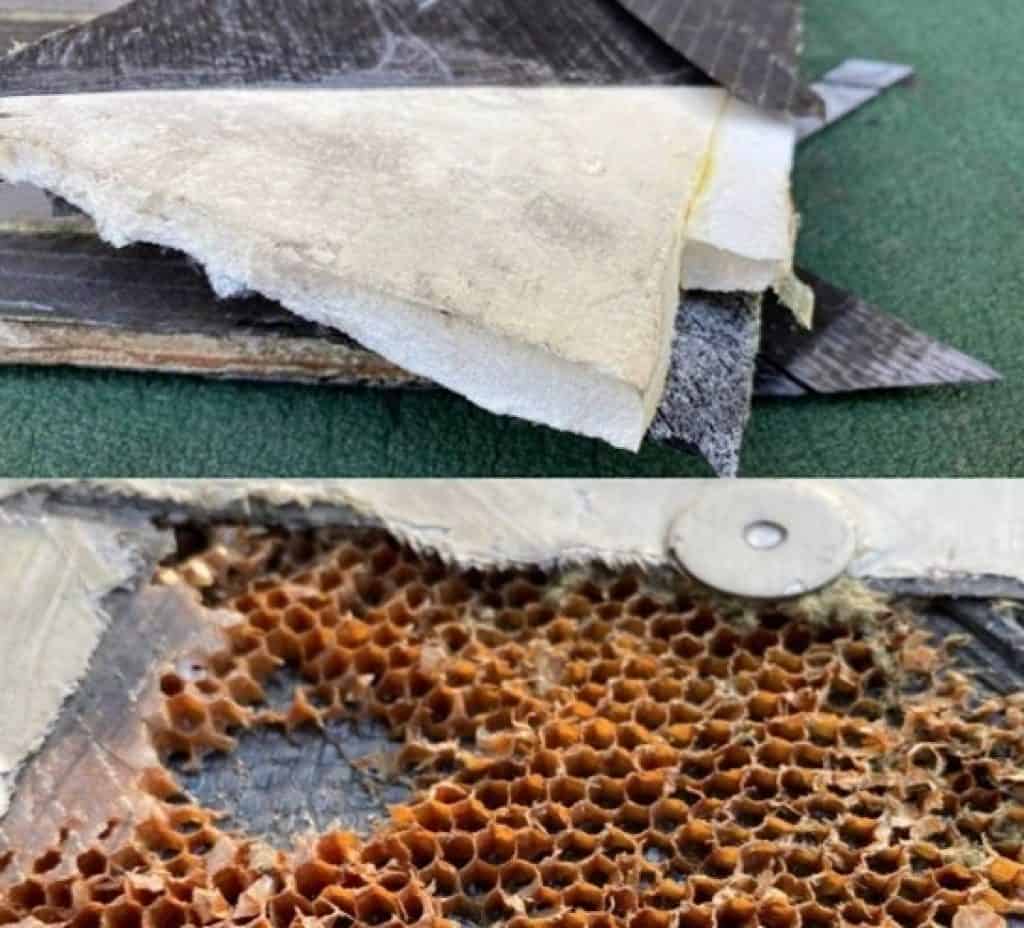
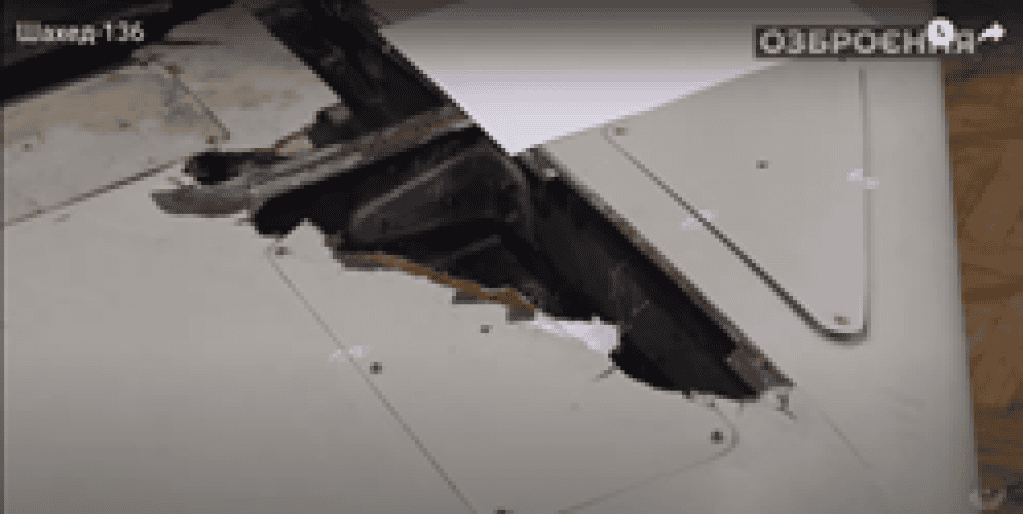
In addition, the new version uses a gel battery made by the Russian company Delta Battery. A previous analysis of Iranian-made Geran-2 and Geran-1 drones found that they contained lithium-ion 18650B batteries made by the Japanese firm Panasonic.
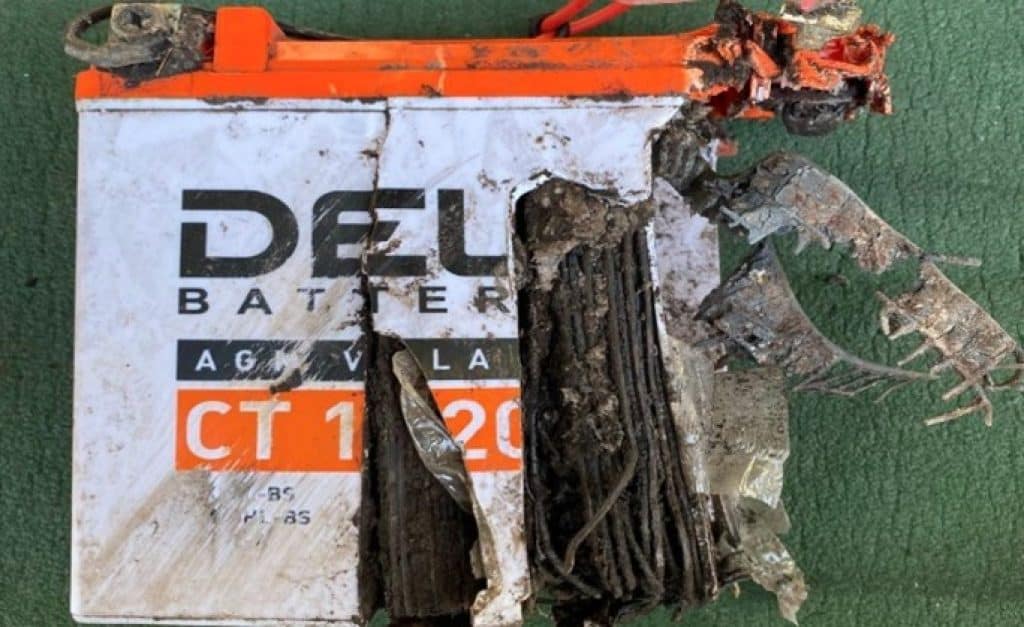
Notably, the new drone sports a Kometa-series small-sized adaptive antenna array. Developed by VNIIR-Progress, this part is designed to make the drone’s satellite-guidance system resistant to jamming.
Russia also uses variants of the Kometa, developed by VNIIR-Progress, in other military platforms and weapons. These include the Orlan drone and the UMPK, a newly developed kit that turns “dumb,” free-falling bombs into guided glide munitions. Like other high-tech Russian military systems, the Kometa relies on Western components.
Iranian-made Geran-2 and Geran-1 drones studied by Ukrainian specialists contained similar antenna arrays made by the Canadian company Tallysman.
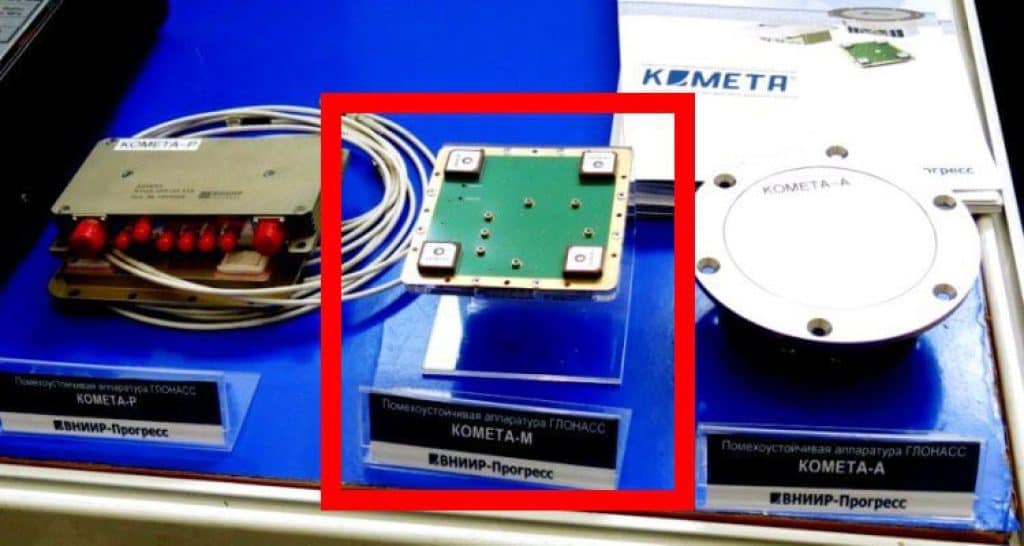
Furthermore, the warhead found in the new version of the Geran-2 appears to be Russian-made, bearing Cyrillic markings. According to Defense Express, the Russian warhead is more powerful and is “equipped with tungsten pellets.”
Those pellets may be similar to the “fragmentation matrixes” that investigators from the independent Conflict Armament Research (CAR) group discovered attached to the warhead of a Geran-1. After studying the matrices, CAR assessed that they had been retrofitted onto the warhead “to generate an additional radial fragmentation effect for soft-skin targets.”
Perhaps Moscow decided to use a similar design in its version of the Geran-2. It is also possible that Russia is developing multiple variants with warheads tailored to different target sets. That would be similar to Tehran’s approach. In addition to the warhead with the fragmentation matrices, CAR has documented an Iranian-made Geran-2 whose warhead was covered by a reinforced steel casing designed to allow it to penetrate targets before detonating.
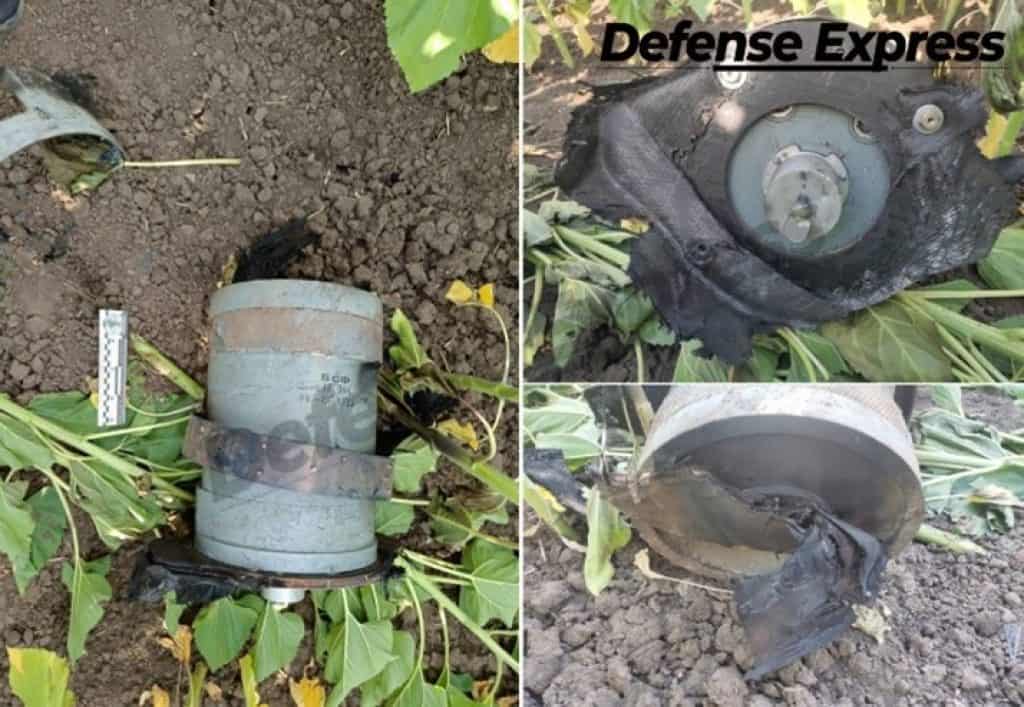
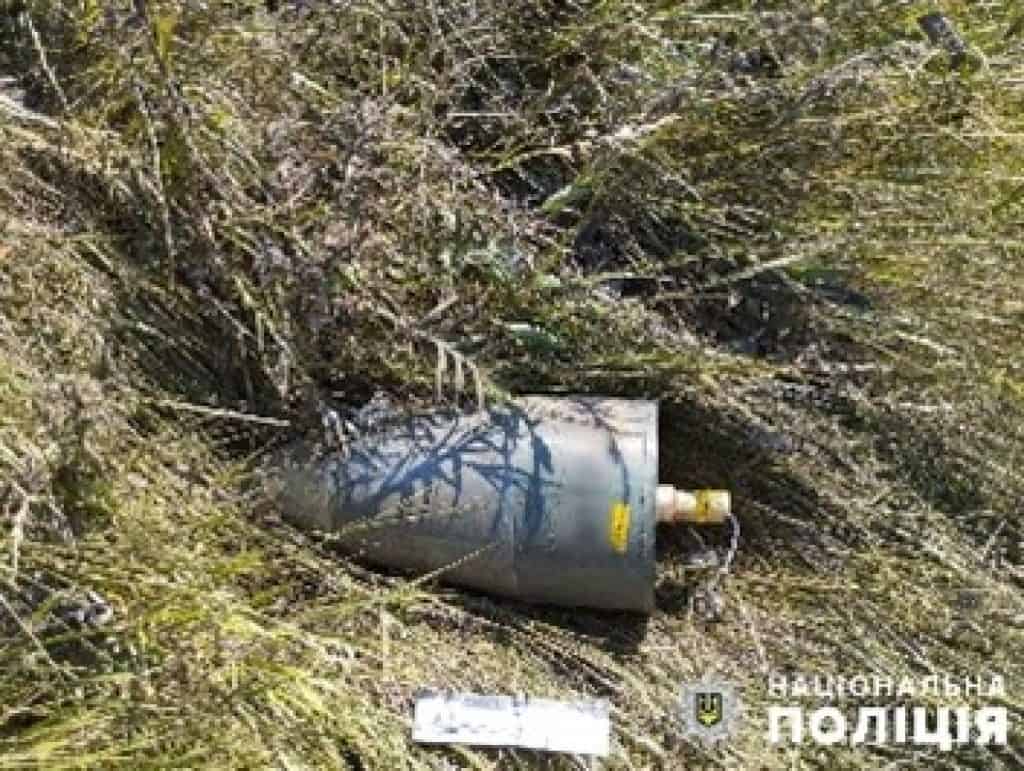
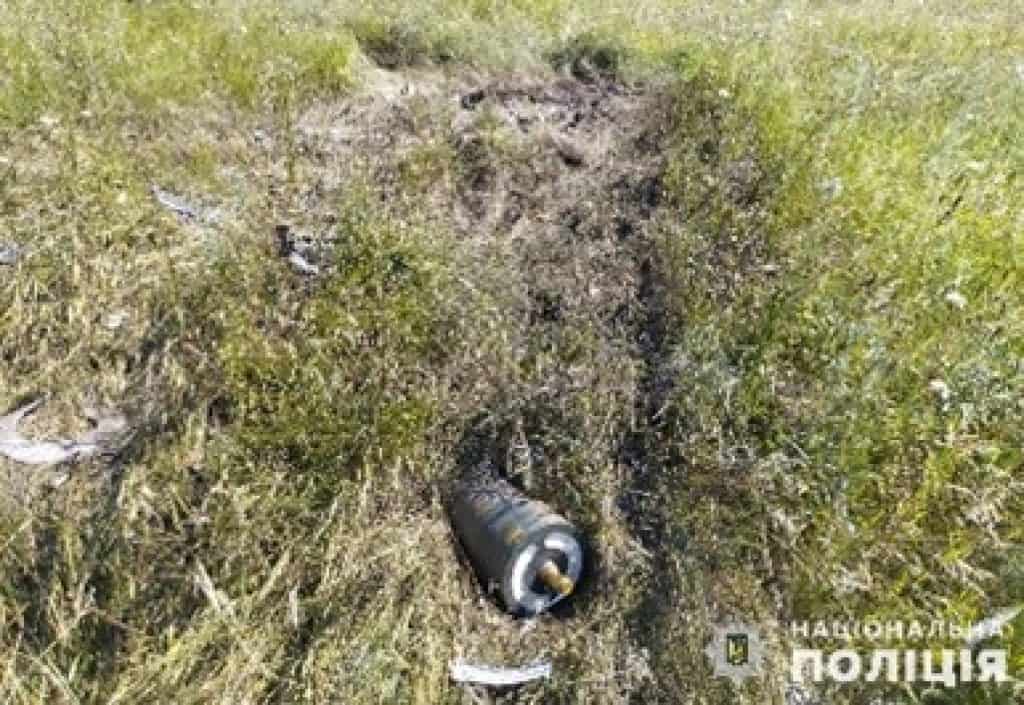
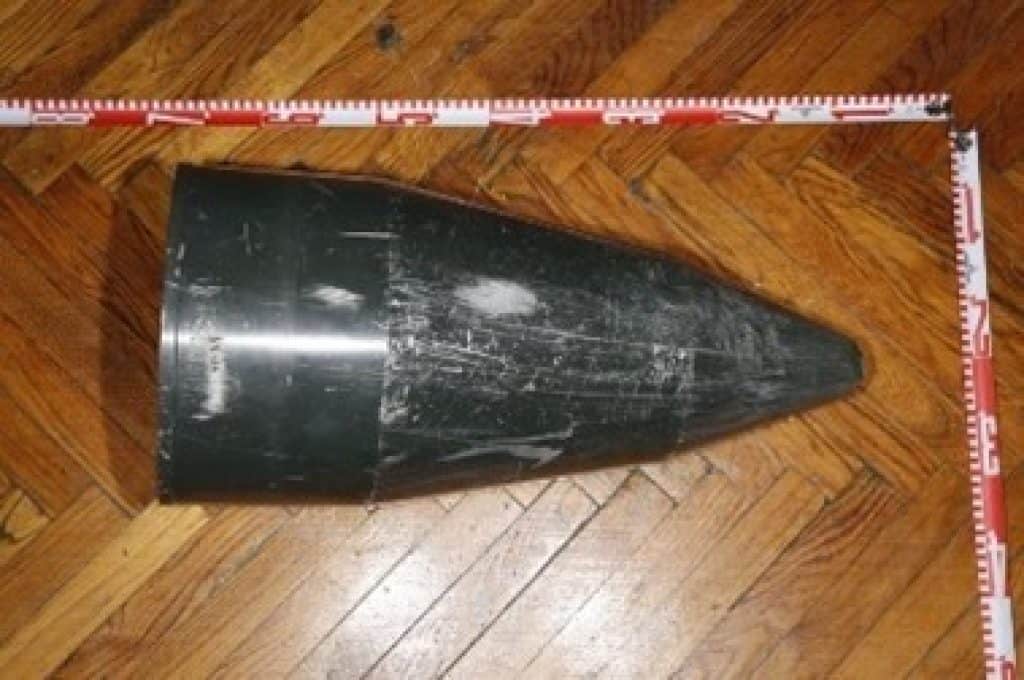
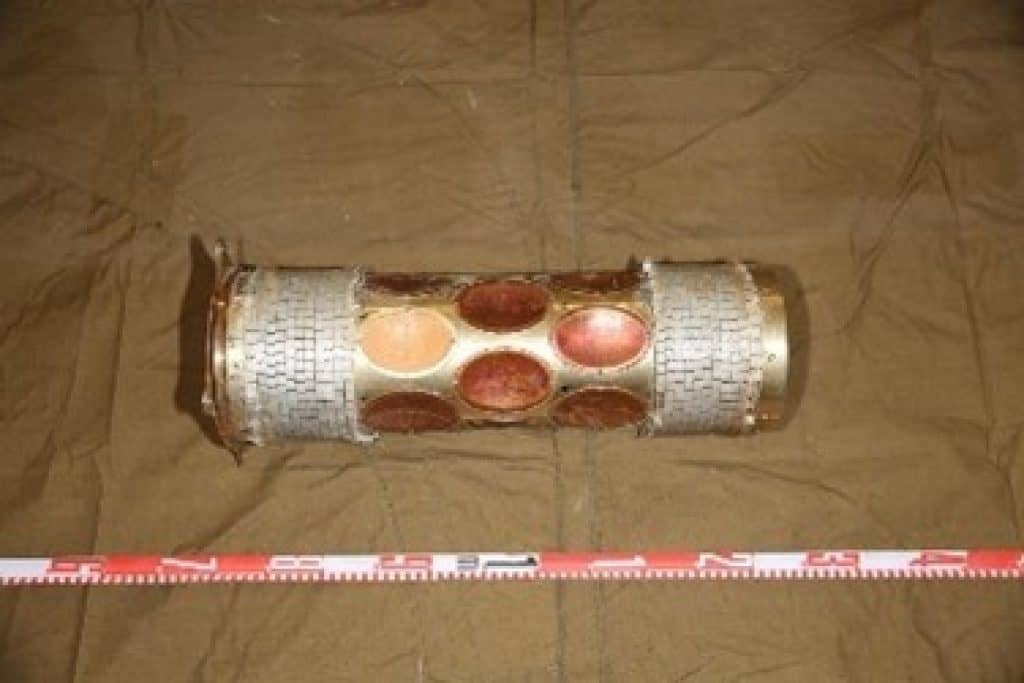
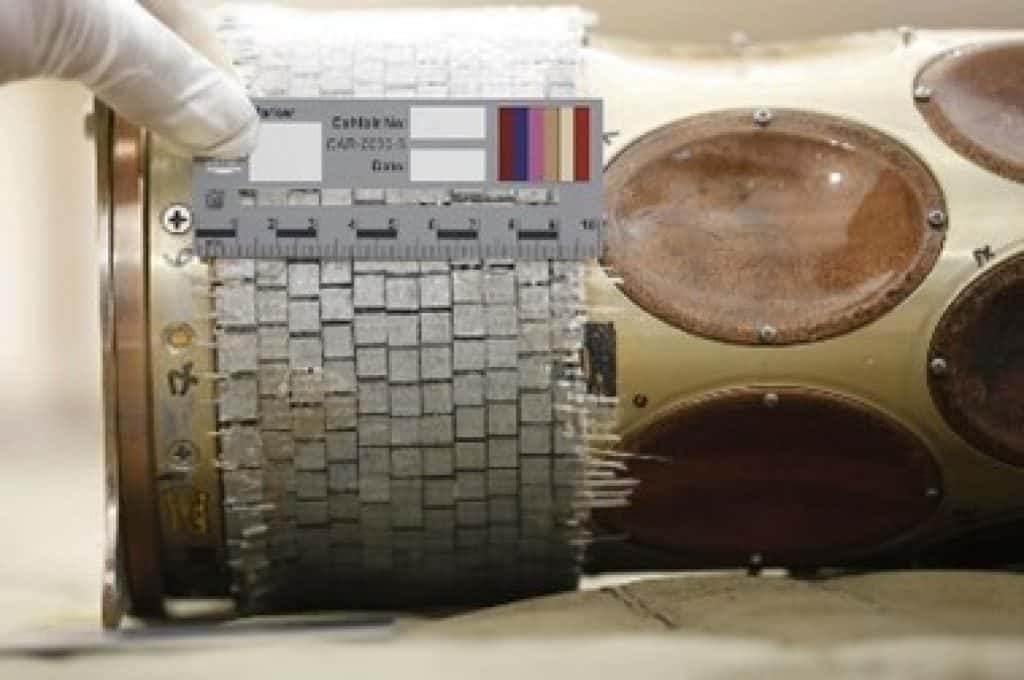
Other differences on the new Geran-2 are more cosmetic. For instance, the drone’s stabilizers are screwed on. By contrast, in the previous, Iranian-made version of the Geran-2, the stabilizers and the fuselage looked like a single solid piece.
Finally, whereas the original version of the Geran-2 bears a serial number that begins with the letter “M,” the one in the photo published by Defense Express begins with “K.” Interestingly, the serial number on another recently downed Geran-2, highlighted by LWJ earlier this month, began with the Russian letter “Ы,” which may indicate it was also Russian-made.
It is unclear why the serial numbers on the two new Geran-2s begin with different letters. Perhaps they are distinct variants or competing prototypes under consideration.
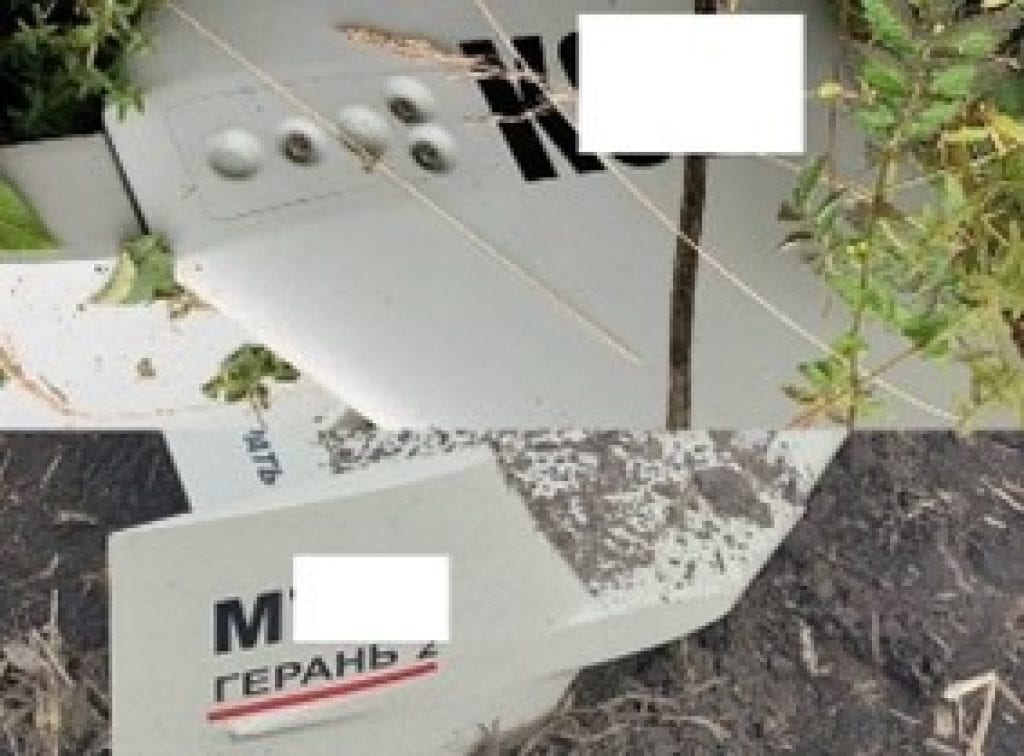
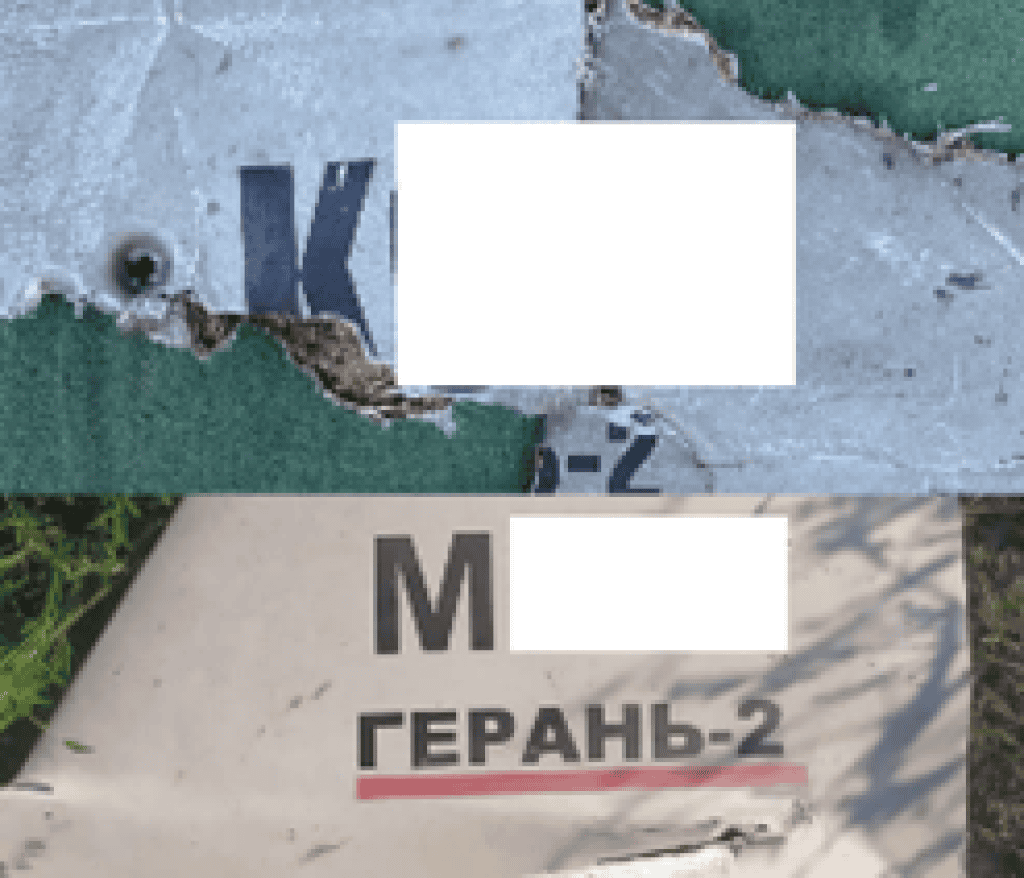
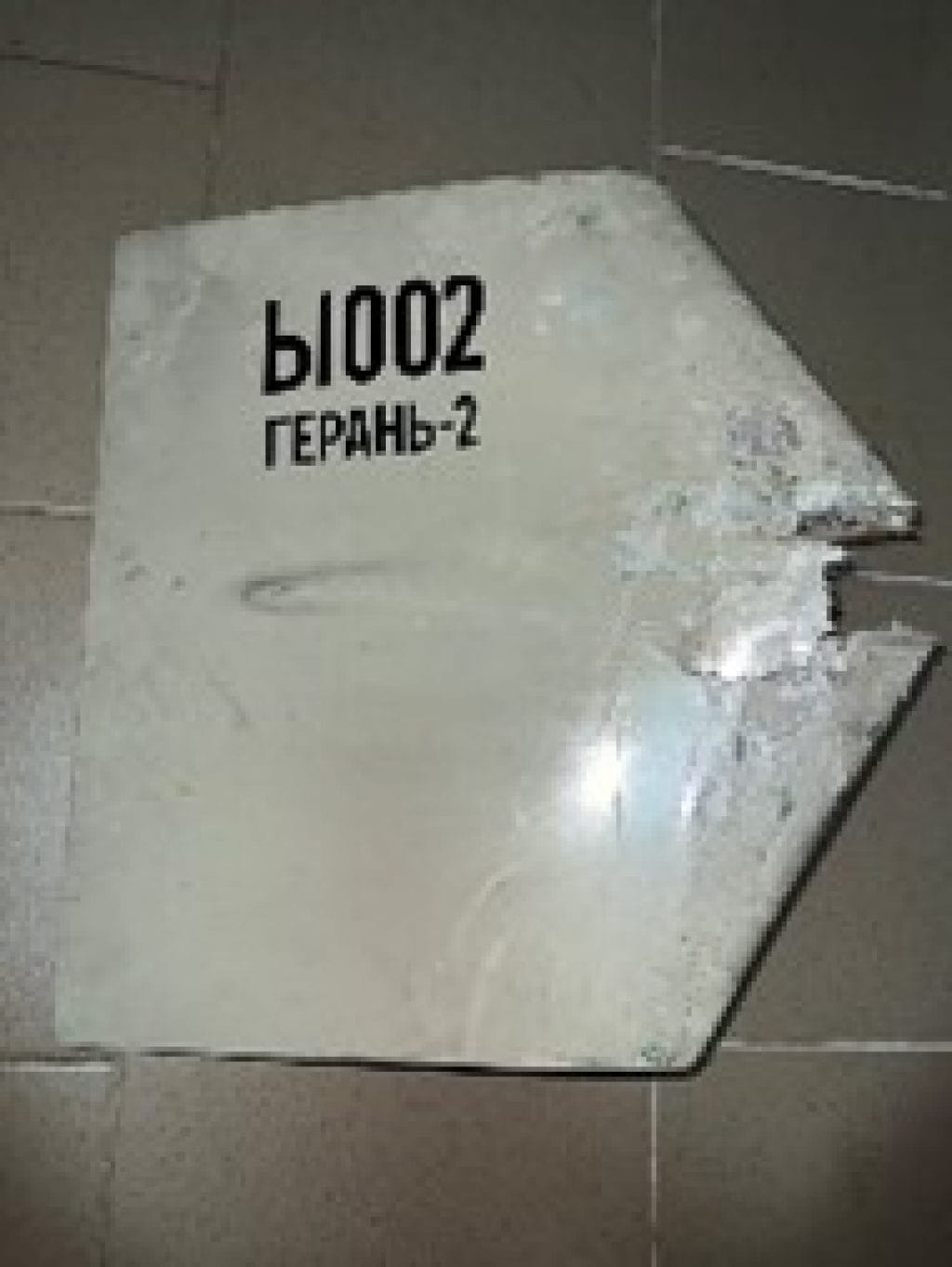
Assuming these drones were indeed manufactured or assembled in Russia, it remains unclear exactly how far along Moscow is in the development process. The new versions of the Geran-2 may simply be early prototypes. Alternatively, it is possible Russia has launched low-rate initial production at the Tatarstan factory. The former seems more likely given that in May, the White House said U.S. intelligence believes the facility would not come online until early 2024.
Whenever Russia does launch mass production of the Geran-2, it will gain additional capacity to bombard both civilian and military targets in Ukraine.







